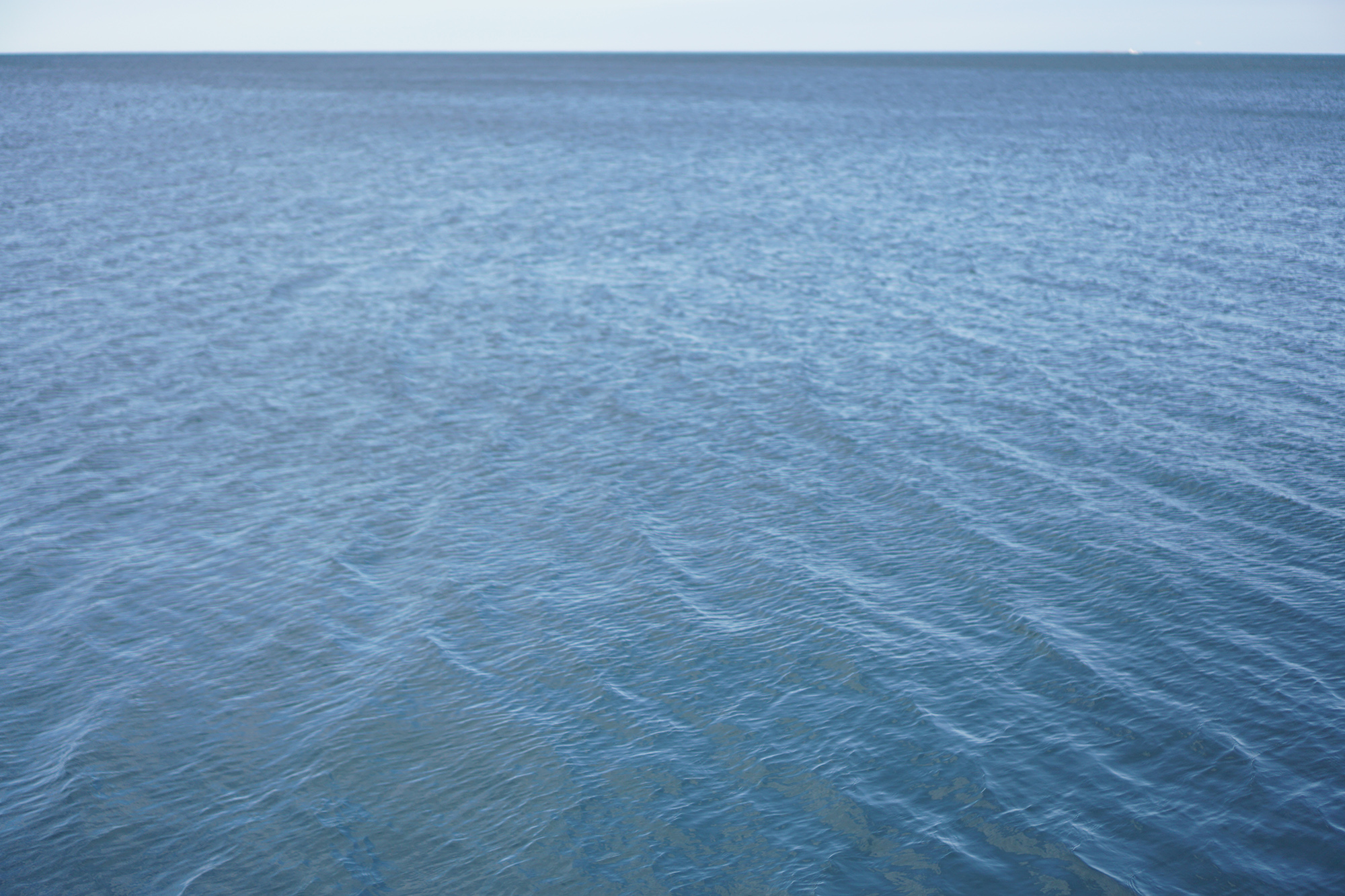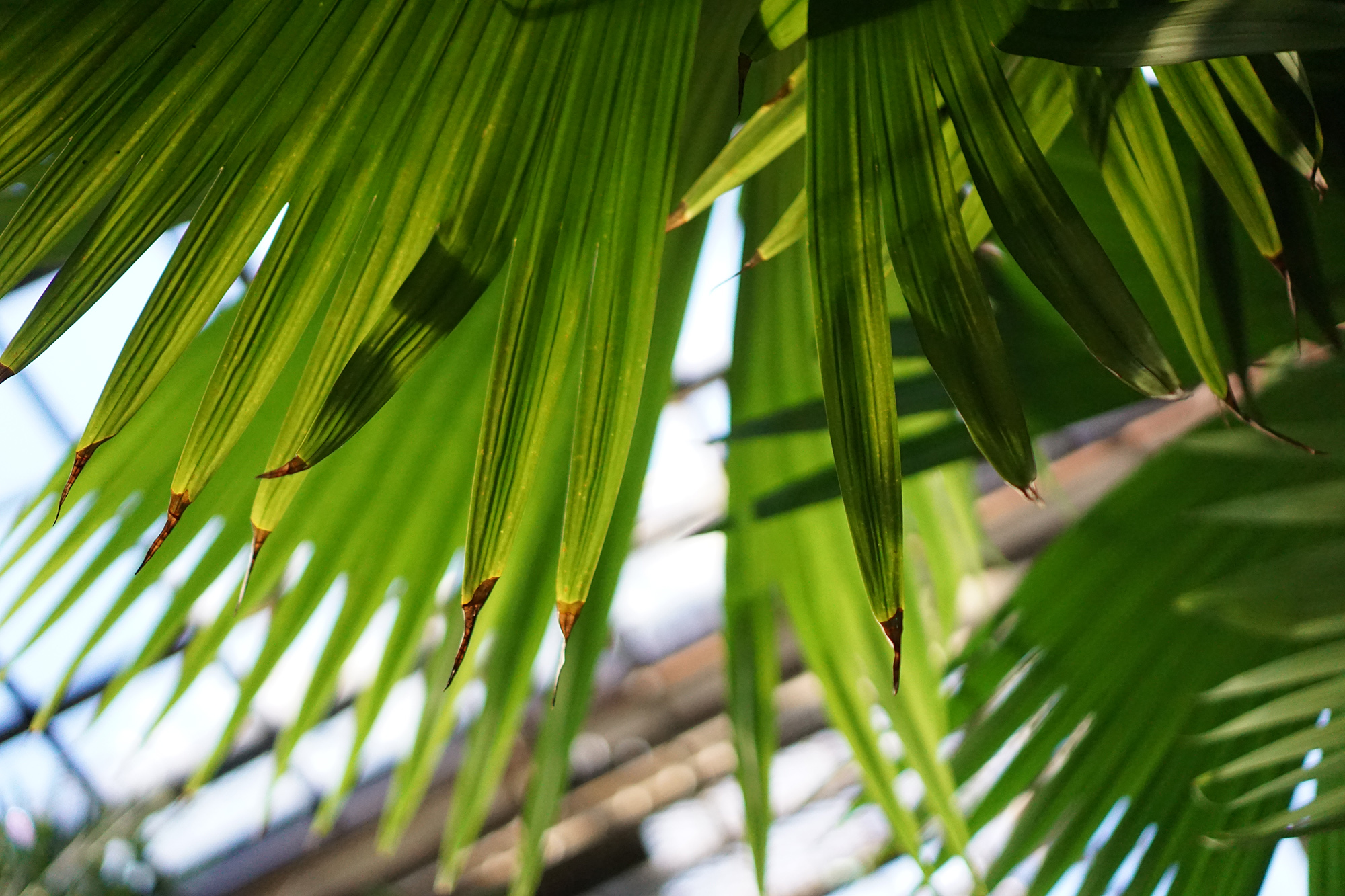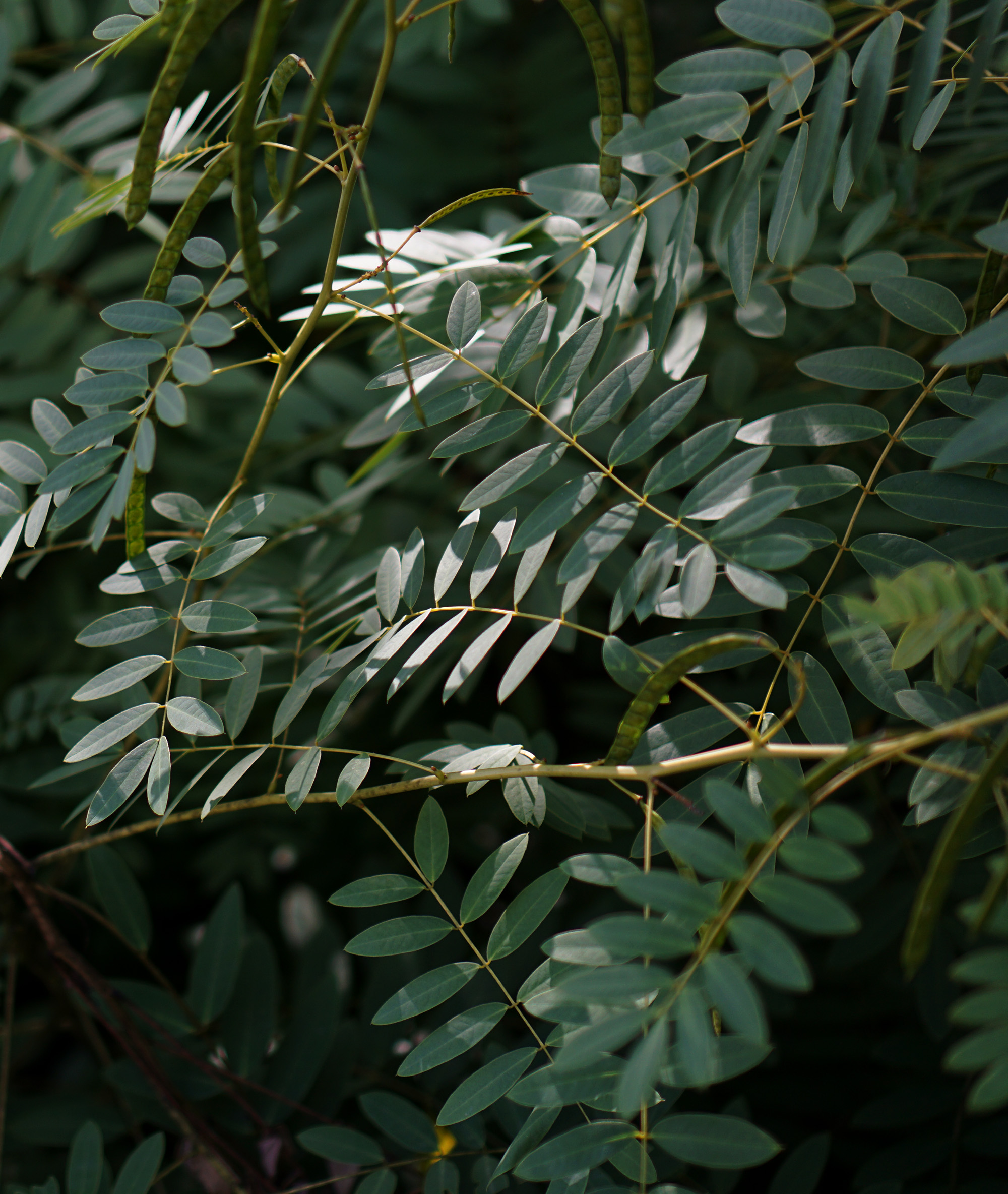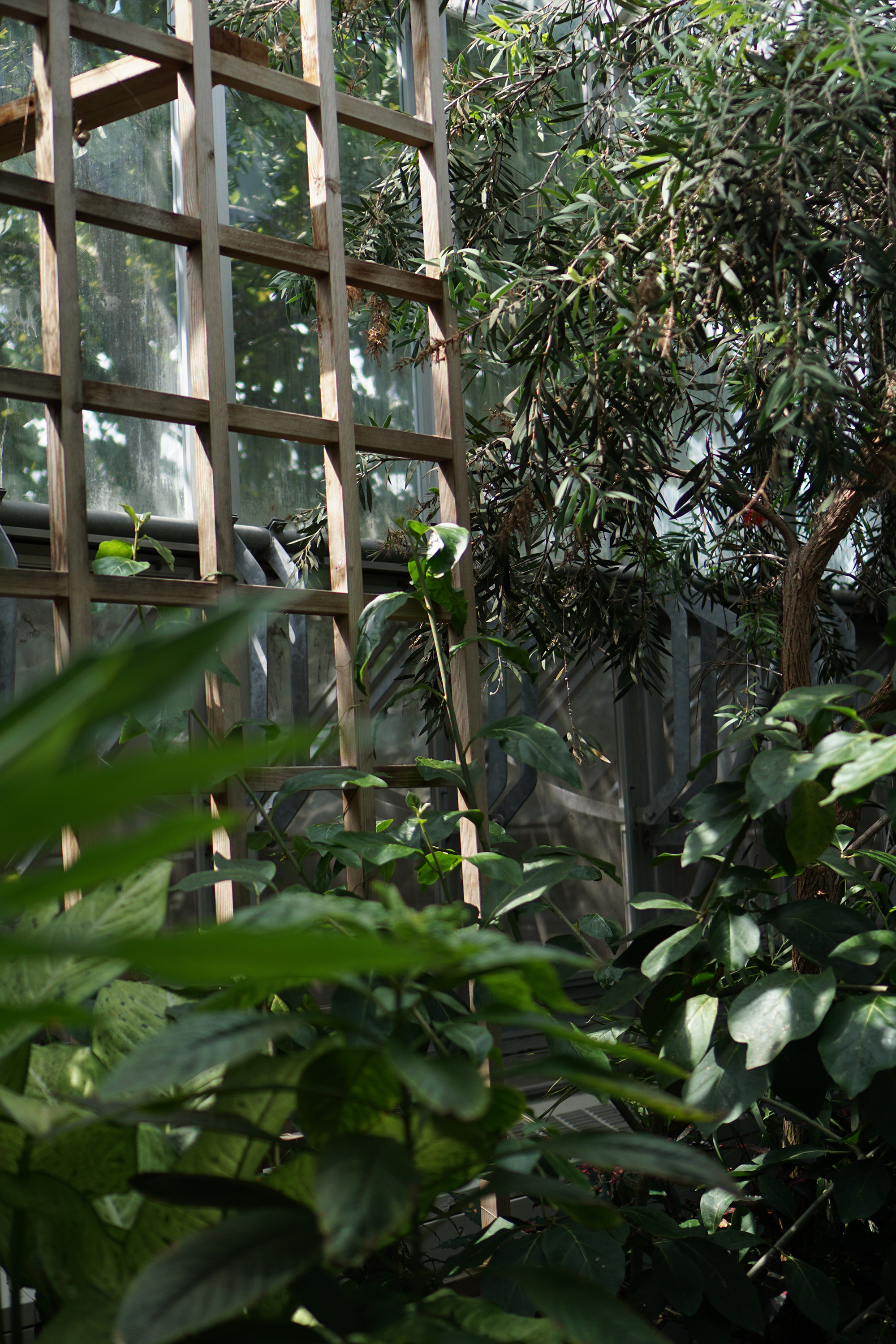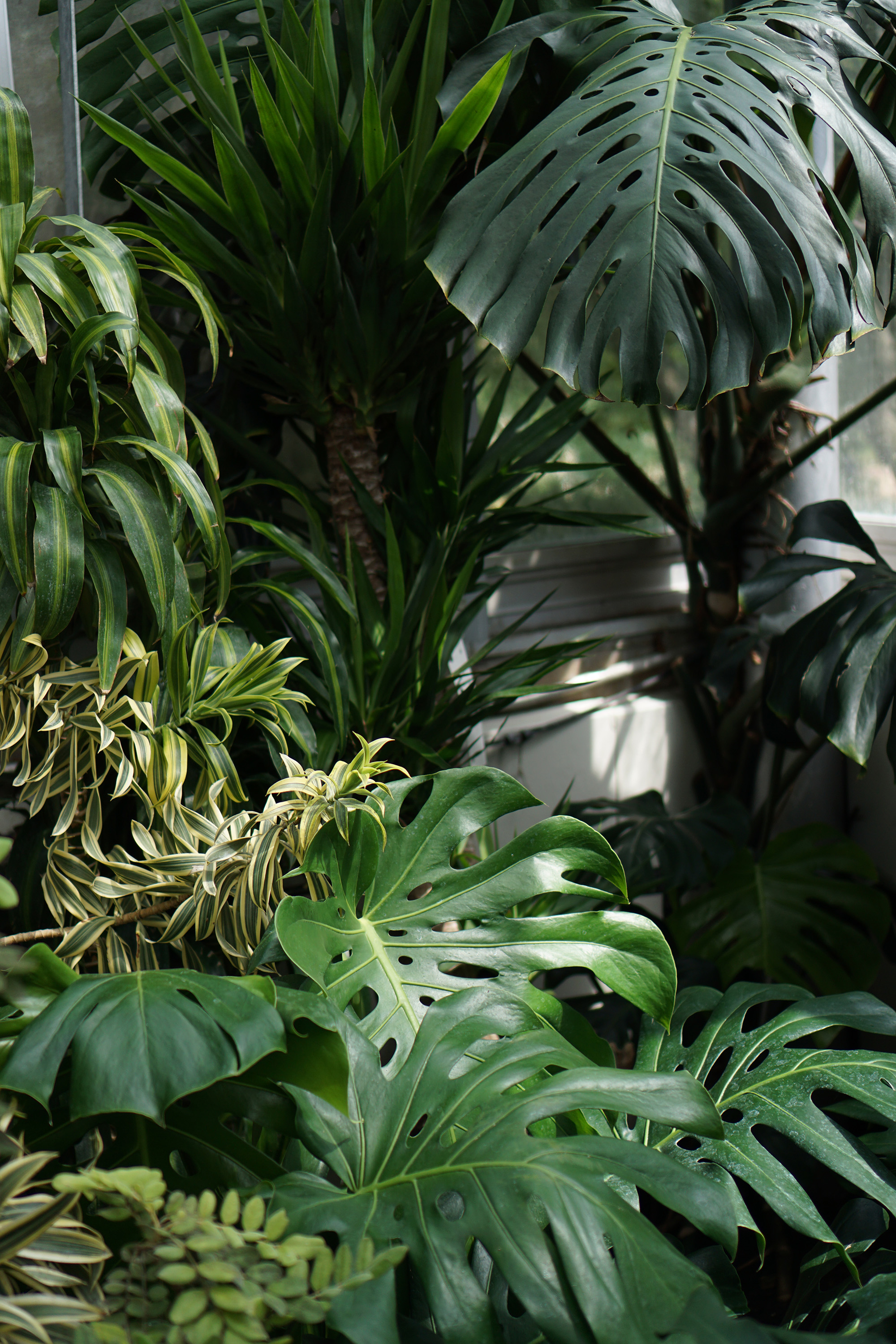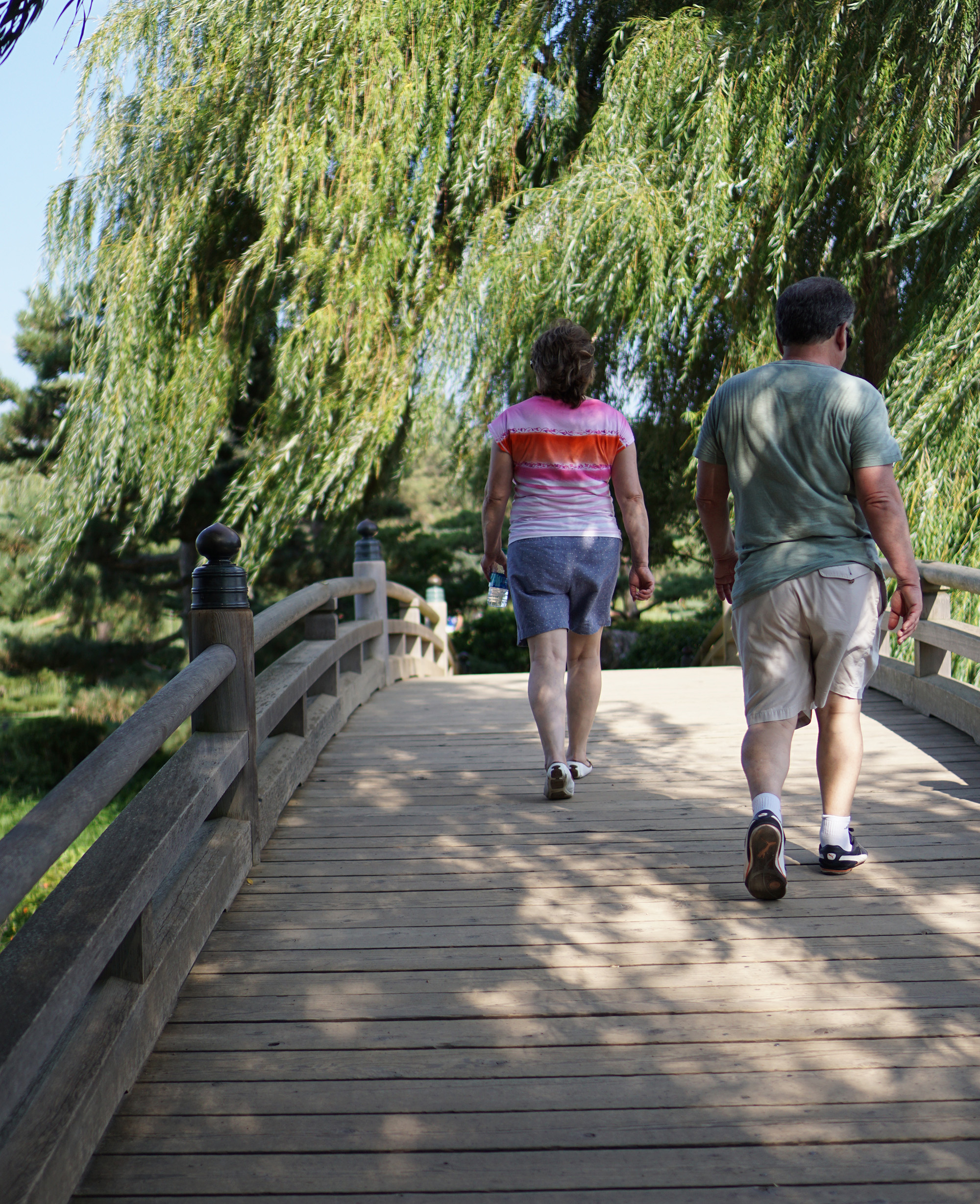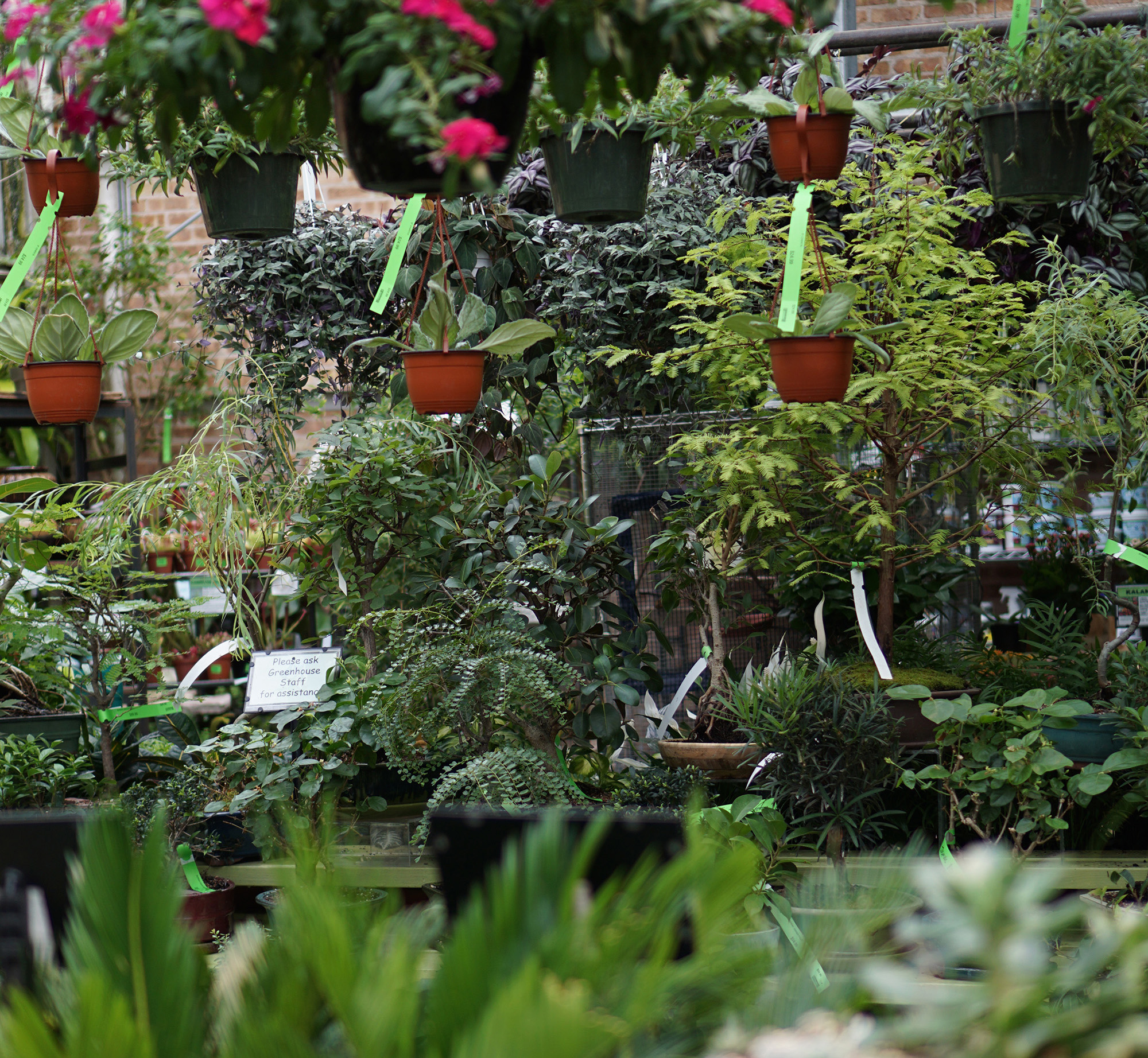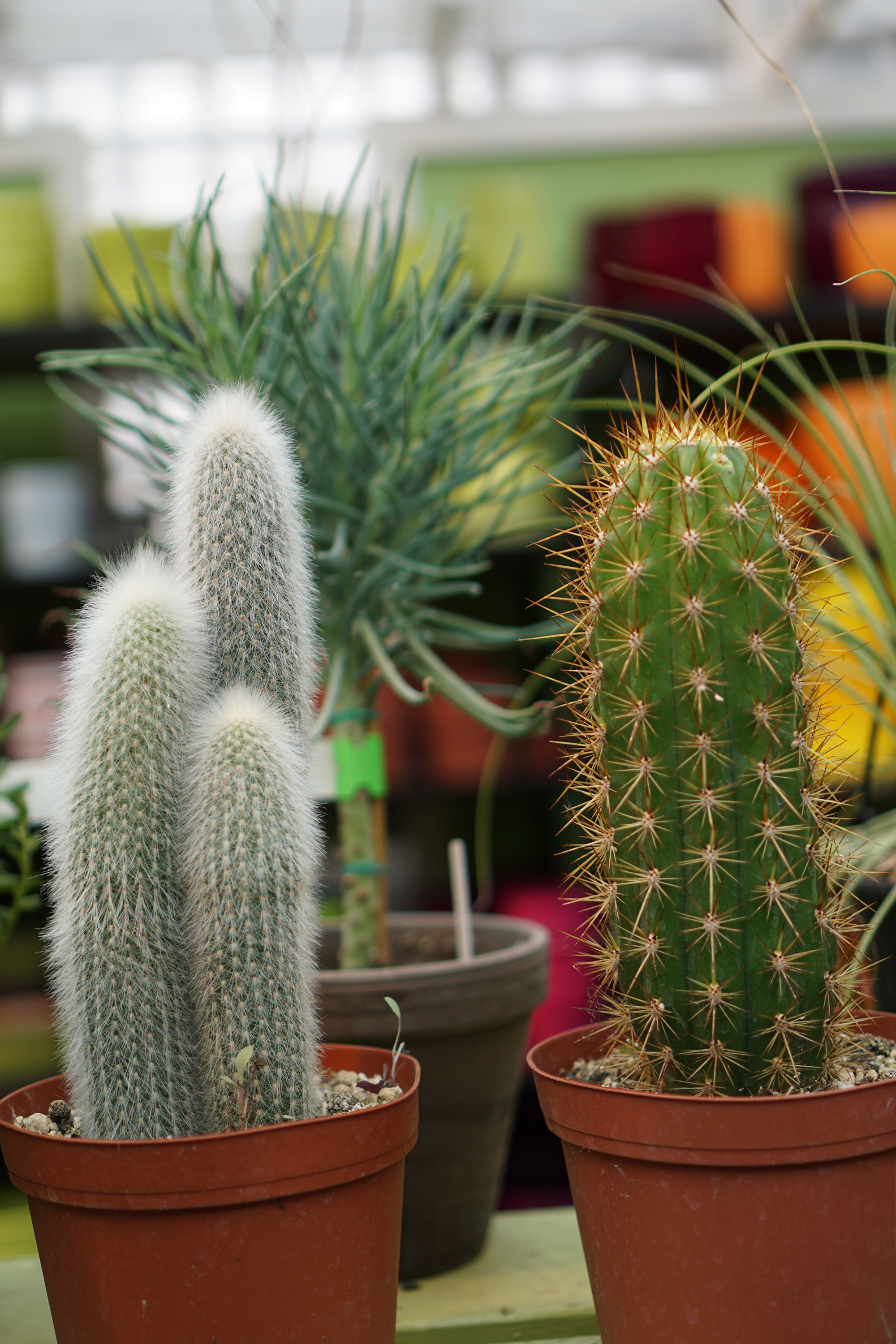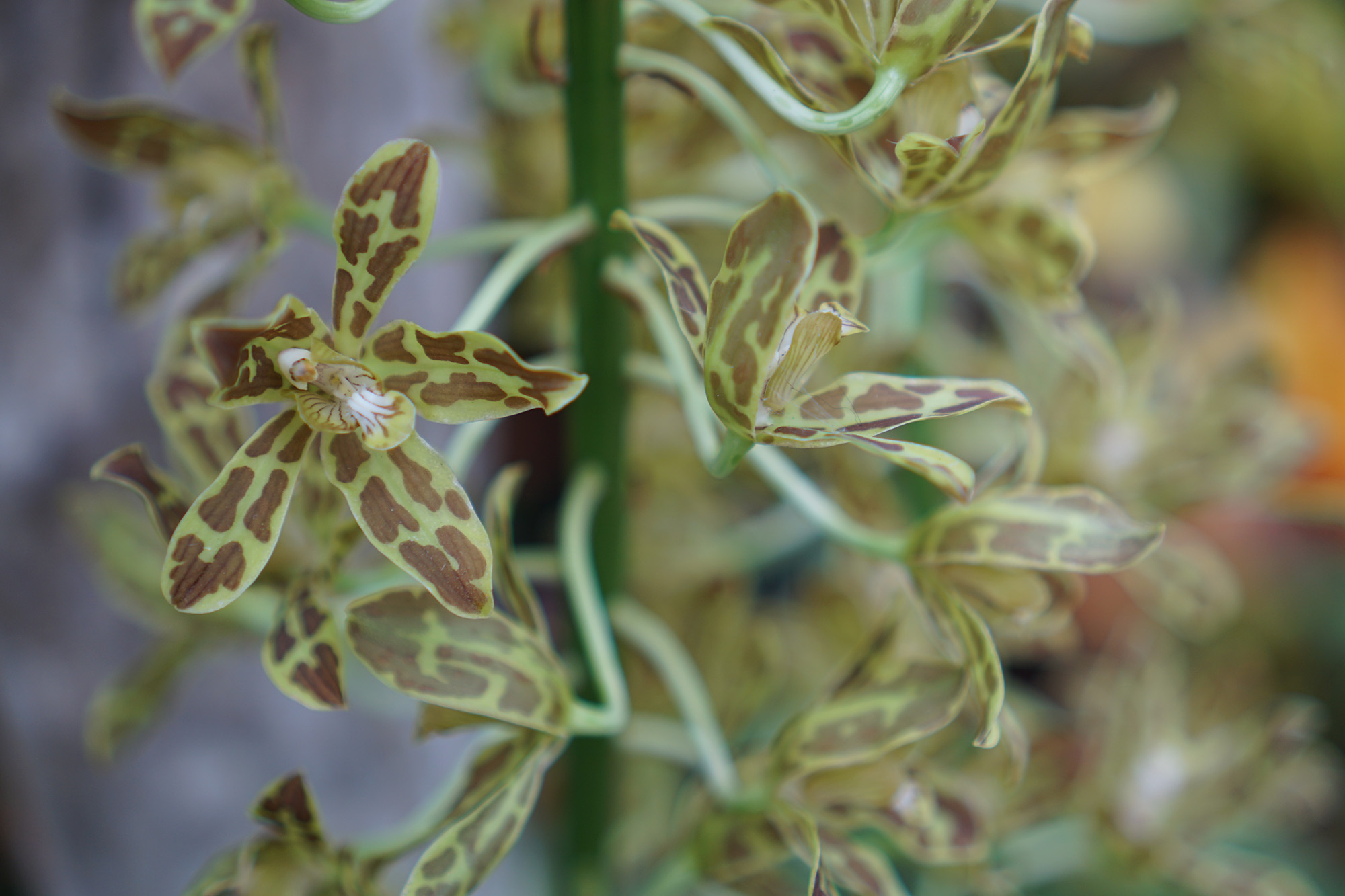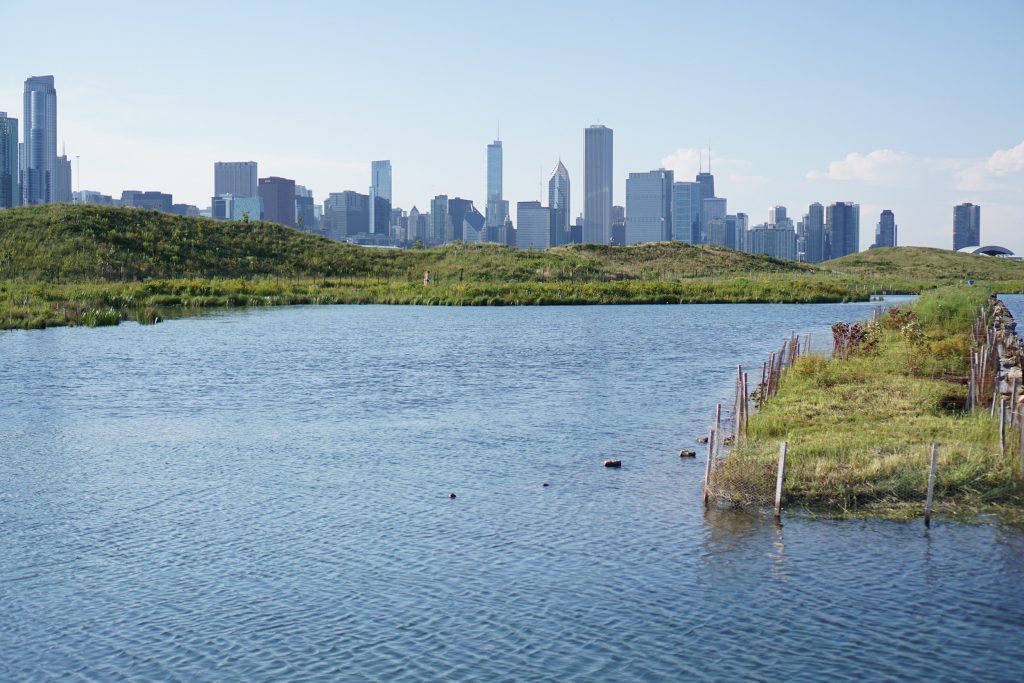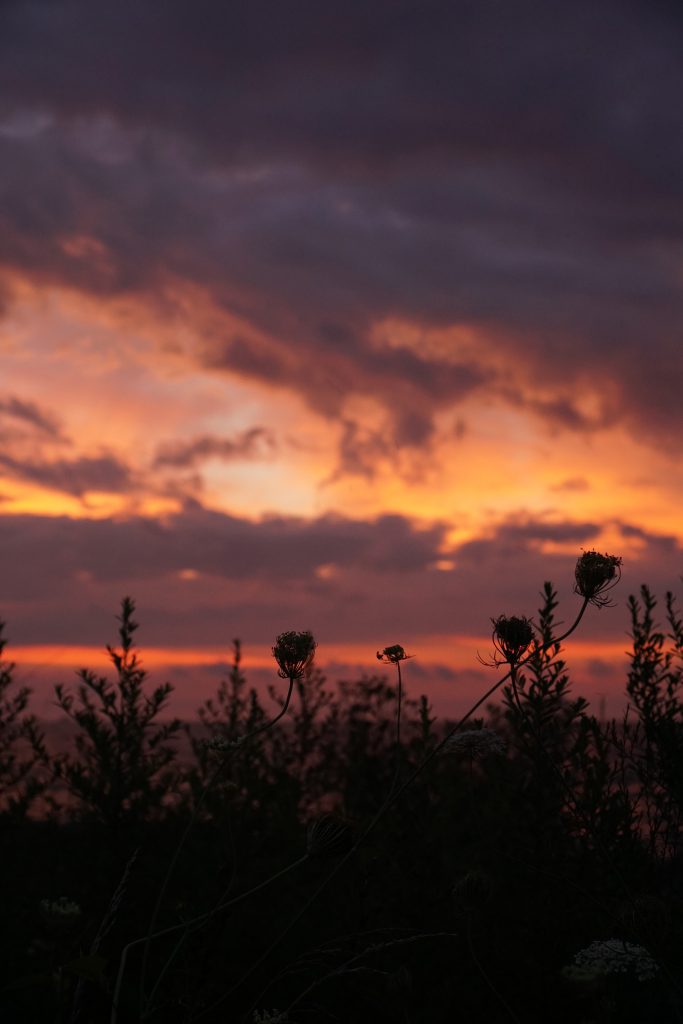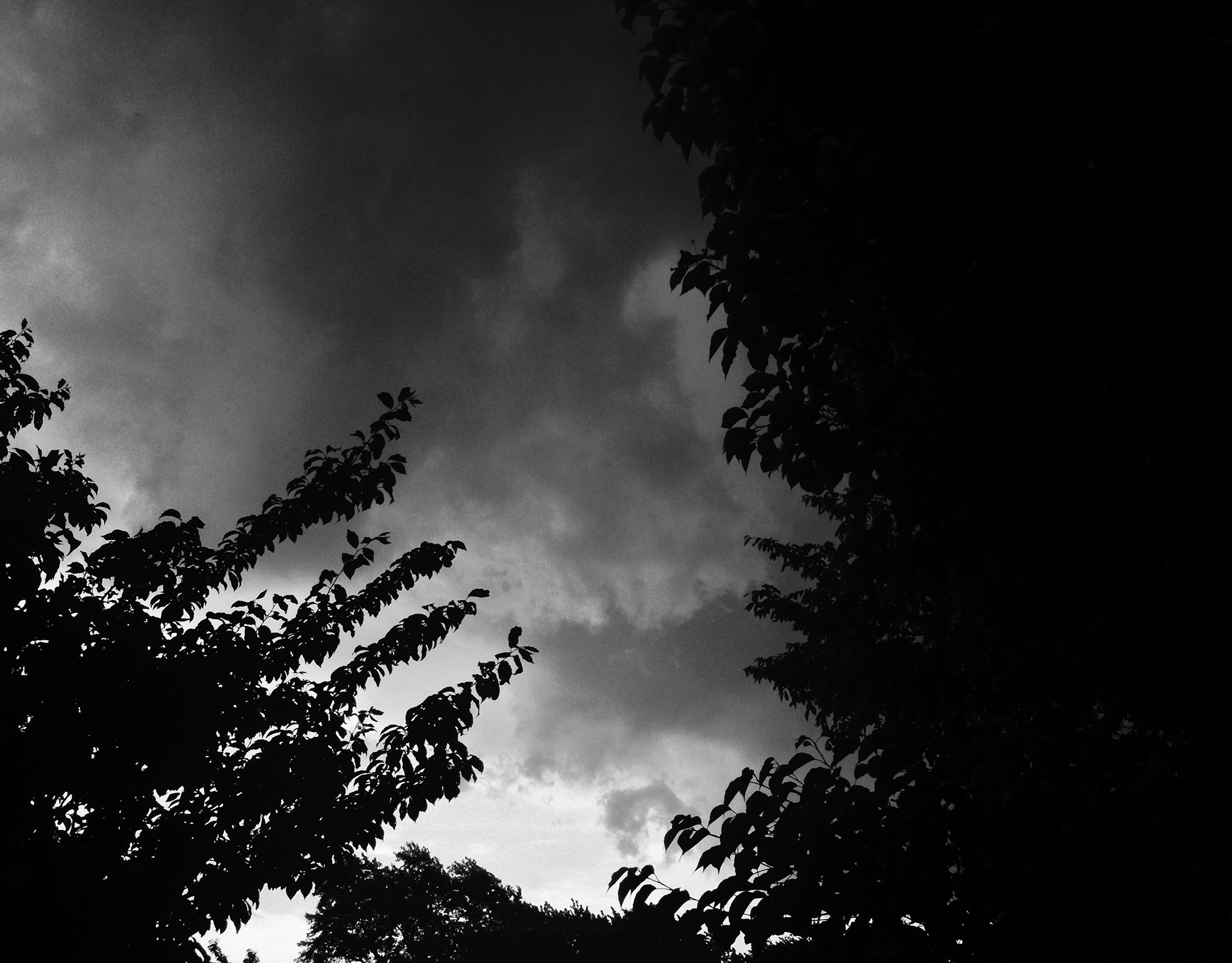Winter as memory
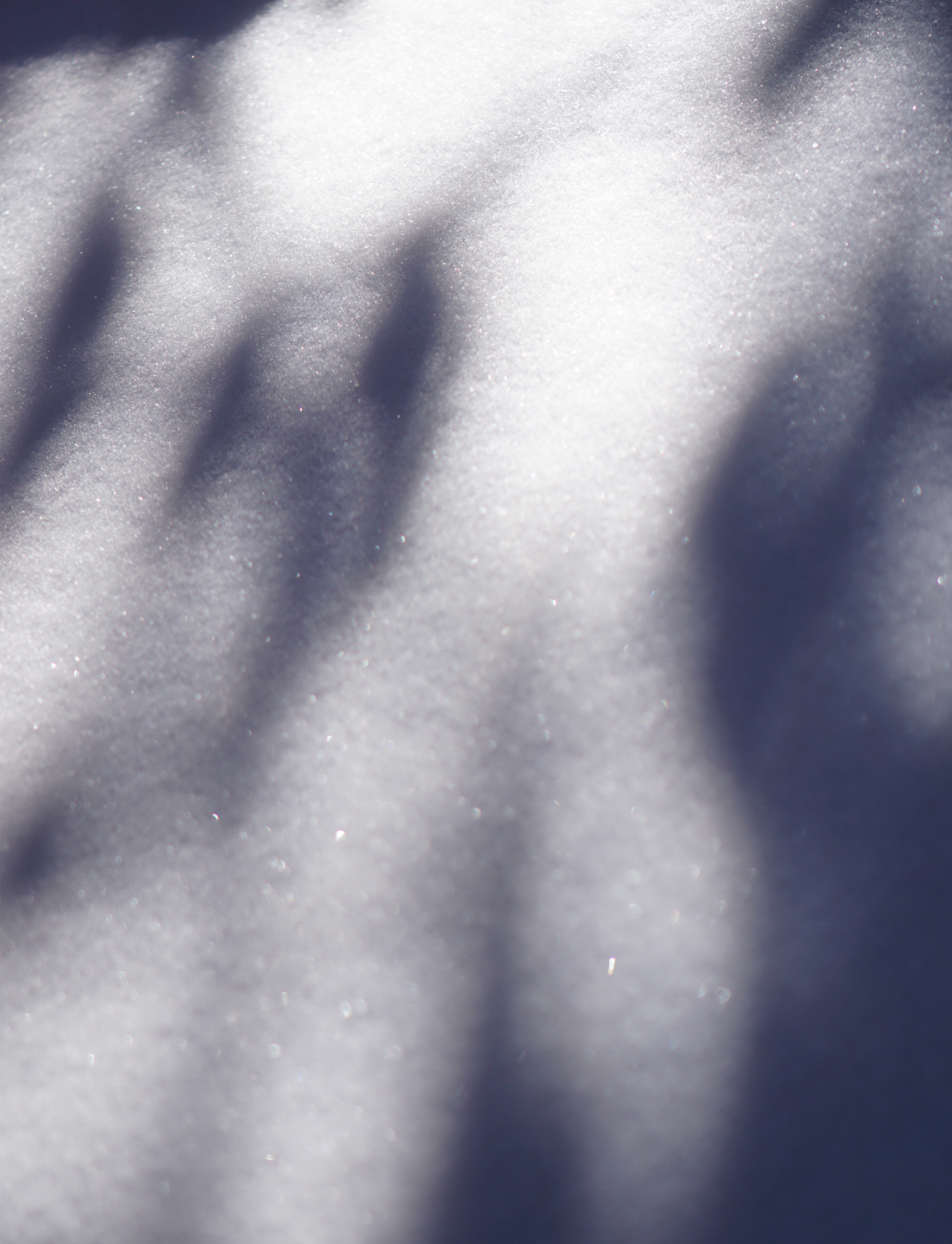
Winter’s first layer is white glitter. The thinnest sheen of barely solidified water. The flecks of snow are just visible, silhouetted against the nearest streetlight. The dots dust the sidewalk, echoing in a cold breeze like scattered grains of sand.
The first layer usually comes and goes a few times before making the decision to really stick. That first real snowfall is magic. The kind of snow that feels almost imaginary, the kind that only exists in fiction, or theater, or in our memories. Accumulation comes next. It raises car roofs several inches and expands the girth of spindly bare tree branches. The individual particles float to the ground and collect in soft mounds, drifts, miniature mountains.

The days pass and the snow accumulation eventually turns to ice. The dream of that first flurry dulls and hardens. The layers of winter grow, burying the concrete sidewalk under months of city dirt and ragged black crystal. Psychedelic bursts of neon rock salt encircle doorways and slippery porch steps. Dried and dirty dust puddles stay splashed up on the sides of buses, caking the windows and obscuring views of steel building skeletons half-dressed in wind-ripped tyvek.
The months pass and the layers of winter become so thick, so unmoving, that nothing seems possible but ice cold. The memories of spring, or warmth, or soft grass underfoot, or hot red sun glowing through closed eyelids become sandwiched between the crust of slush and sleet. But not this winter.

This winter, snow last fell and stuck in early December, ice was last seen on the ground the day after Christmas, and since then, the weather’s been tolerable, mild, at times legitimately warm. Despite the groundhog’s best guess, spring appears to have come early. Last weekend I saw trees beginning to bud and bloom. Yesterday I noticed my tulip bulbs and strawberry plants sprouting on the back porch. Birds chirp and chatter from every old tree. Neighbors run slow errands in track shorts. Friends ride bikes for leisure, not necessity.
It’s a strange feeling — the pull to enjoy the weather, take a long stroll, drink lemonade on a park bench — all while the date on the calendar still appears to suggest that it’s February. I feel the familiar Warm Weather Impulse, the now premature push to go outside and take advantage of the high temperatures. But meanwhile, my body still feels sluggish and tired, still in need of a long winter’s rest, despite the fact that winter may already passed.
Having lived here in Chicago for as long as I have, I thought I understood the cycles of winter, its shades and layers. I could anticipate the turns and stalls of the weather, I had memorized the patterns of steps drawn in fresh snow fields, and could envision how they’d sully over time. This winter, the layers have all melted away, and my memory alone is what gives the season its shape.



